Adorable Lighting for Kids’ Rooms
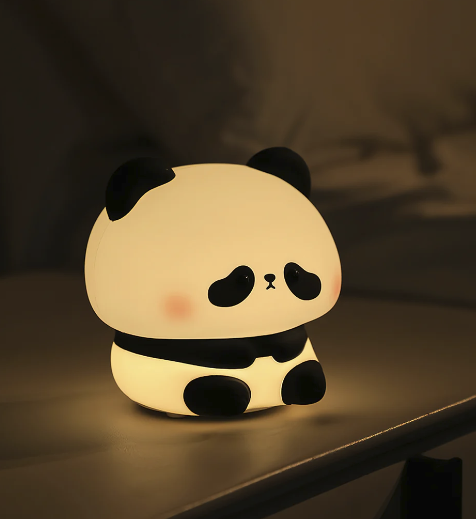
Lighting plays a pivotal role in shaping the atmosphere of any room, but its significance is magnified in children’s spaces. A well-lit room not only enhances the aesthetic appeal but also influences a child’s mood, behavior, and overall well-being. Natural light, when available, is particularly beneficial as it helps regulate circadian rhythms, promoting better sleep patterns and encouraging healthy development.
Conversely, inadequate or harsh lighting can lead to feelings of anxiety or discomfort, making it essential for parents to consider the type and quality of light in their children’s rooms. The right lighting can create a sanctuary for creativity and learning, providing a space where children feel safe and inspired. Moreover, lighting serves functional purposes that extend beyond mere illumination.
It can delineate areas within a room, such as a reading nook or a play zone, thereby fostering an environment conducive to various activities. For instance, soft, warm lighting can create a calming atmosphere ideal for bedtime stories, while brighter, cooler lights Noti7 can energize a space for playtime or homework. The interplay of different lighting sources—ambient, task, and accent—can transform a child’s room into a versatile environment that adapts to their evolving needs.
Thus, understanding the importance of lighting in kids’ rooms is crucial for parents aiming to cultivate a nurturing and stimulating environment for their children.
Fun and Functional Lighting Options for Kids
Creating a Whimsical Ambiance
When it comes to selecting lighting options for children’s rooms, the choices are as diverse as the imaginations of the kids who inhabit them. From whimsical designs to practical solutions, there is no shortage of fun and functional lighting fixtures that can enhance a child’s space. For instance, night lights shaped like animals or stars can provide comfort during nighttime hours while also serving as charming decor elements.
Encouraging Imagination and Wonder
These playful designs not only help ease fears of the dark but also encourage a sense of wonder and creativity. Additionally, pendant lights featuring colorful shades or unique shapes can serve as statement pieces that capture a child’s interest and spark their imagination. Incorporating task lighting is equally important in creating a well-rounded lighting scheme.
Practical Lighting Solutions for Kids
Desk lamps with adjustable arms allow children to focus on homework or art projects without straining their eyes. These lamps can come in various playful designs that resonate with children’s interests, such as those inspired by popular cartoons or nature themes. Furthermore, string lights can add a magical touch to the room, creating an enchanting atmosphere perfect for reading or relaxing.
Blending Fun and Functionality
By blending fun aesthetics with practical functionality, parents can ensure that their children’s rooms are not only visually appealing but also conducive to various activities and moods.
Choosing the Right Lighting for Different Ages
As children grow, their needs and preferences evolve, making it essential to choose lighting that aligns with their developmental stages. For infants and toddlers, soft, diffused lighting is ideal for creating a soothing environment conducive to sleep. Night lights that emit gentle glows can help ease nighttime awakenings while providing enough illumination for parents during late-night feedings or diaper changes.
As children transition into preschool and early elementary years, they may benefit from adjustable lighting options that cater to both playtime and study time. This age group often enjoys vibrant colors and playful designs, so incorporating fixtures that reflect their interests can make the space feel more personalized. As children reach their pre-teen and teenage years, their lighting needs shift once again.
At this stage, they may require brighter task lighting for homework and hobbies while still appreciating softer ambient lighting for relaxation. Incorporating dimmable fixtures allows them to control the brightness according to their activities and moods. Additionally, older children may want to express their individuality through their room decor, including lighting choices.
This could mean selecting stylish lamps or fixtures that align with their personal tastes or even opting for smart lighting solutions that allow them to change colors or settings via an app. By understanding the unique lighting requirements at each developmental stage, parents can create spaces that grow alongside their children.
Creative Ways to Incorporate Lighting into Kids’ Room Decor
Incorporating lighting into kids’ room decor goes beyond simply choosing fixtures; it involves integrating light in creative ways that enhance the overall design of the space. One innovative approach is to use wall-mounted sconces that not only provide illumination but also serve as decorative elements. These sconces can be designed in various shapes—such as clouds or animals—that resonate with children’s interests while adding visual interest to the walls.
Additionally, backlit shelves can create a stunning focal point in the room while showcasing books or toys in an eye-catching manner. This combination of functionality and aesthetics allows parents to elevate the decor while ensuring adequate lighting. Another imaginative way to incorporate lighting is through themed installations that reflect a child’s passions or hobbies.
For example, a room inspired by outer space could feature star-shaped ceiling lights or glow-in-the-dark decals that illuminate at night. Alternatively, a nature-themed room might include pendant lights resembling flowers or trees, creating an immersive environment that sparks creativity and exploration. Furthermore, using colored LED strips along the edges of furniture or around windows can add a modern touch while allowing children to customize their space according to their mood or preferences.
By thinking outside the box and embracing creativity in lighting design, parents can transform their children’s rooms into enchanting spaces that inspire joy and imagination.
Safety Considerations for Kids’ Room Lighting
While aesthetics and functionality are crucial when selecting lighting for kids’ rooms, safety should always be a top priority. Children are naturally curious and may inadvertently come into contact with light fixtures or cords that pose risks. Therefore, it is essential to choose fixtures that are designed with safety features in mind.
For instance, opting for flush-mounted ceiling lights minimizes the risk of accidental bumps or falls while ensuring adequate illumination throughout the room. Additionally, selecting LED bulbs over traditional incandescent ones not only reduces heat output but also lowers energy consumption—making them safer for little hands exploring their surroundings. Another important safety consideration involves managing cords and cables effectively.
Loose cords can be tripping hazards or potential strangulation risks for young children. To mitigate these dangers, parents should use cord covers or clips to secure any exposed wiring along walls or furniture edges. Furthermore, ensuring that all electrical outlets are childproofed is essential in preventing accidents related to electrical shock.
By taking these safety precautions into account when designing kids’ rooms, parents can create an environment where children feel free to explore without compromising their well-being.
DIY Lighting Projects for Kids’ Rooms
Repurposing Everyday Items into Unique Light Fixtures
For those who enjoy hands-on projects, creating DIY lighting solutions for kids’ rooms can be both rewarding and fun. One popular idea is to repurpose everyday items into unique light fixtures that reflect a child’s personality. For instance, using mason jars filled with fairy lights can create charming bedside lamps that add warmth and whimsy to the decor.
Transforming Old Lampshades into Personalized Fixtures
Alternatively, transforming an old lampshade by covering it with fabric featuring favorite characters or patterns can breathe new life into an existing fixture while making it more appealing to children.
Creating Personalized Night Lights with Simple Materials
Another engaging DIY project involves creating personalized night lights using simple materials like cardboard or paper lanterns. Parents can work alongside their children to design shapes or themes that resonate with their interests—be it animals, stars, or even favorite storybook characters. Once constructed, these night lights can be painted or decorated with stickers to add an extra layer of personalization.
Fostering Creativity and Bonding through DIY Projects
Not only do these projects foster creativity and bonding between parents and children, but they also result in unique lighting solutions tailored specifically to the child’s tastes.
Tips for Creating a Cozy and Inviting Atmosphere with Kids’ Room Lighting
Creating a cozy and inviting atmosphere in kids’ rooms hinges on the thoughtful use of lighting elements that promote comfort and relaxation. One effective strategy is layering different types of lighting—ambient, task, and accent—to achieve a balanced effect throughout the space. Ambient lighting provides overall illumination while task lighting focuses on specific areas like desks or reading nooks.
Accent lighting adds visual interest by highlighting artwork or decorative features within the room. By combining these layers thoughtfully, parents can create an inviting environment where children feel comfortable engaging in various activities. Additionally, incorporating warm-toned bulbs can significantly enhance the coziness of a child’s room.
Soft white or warm yellow lights evoke feelings of warmth and tranquility—perfect for winding down at the end of the day. Dimming options are also beneficial; they allow parents to adjust brightness levels according to different times of day or activities—whether it’s bright light for playtime or softer tones for bedtime routines. Finally, adding elements like string lights or lanterns can introduce a whimsical touch that makes the space feel magical and inviting.
By focusing on these aspects of lighting design, parents can cultivate an atmosphere where children feel safe, relaxed, and inspired to explore their imaginations.

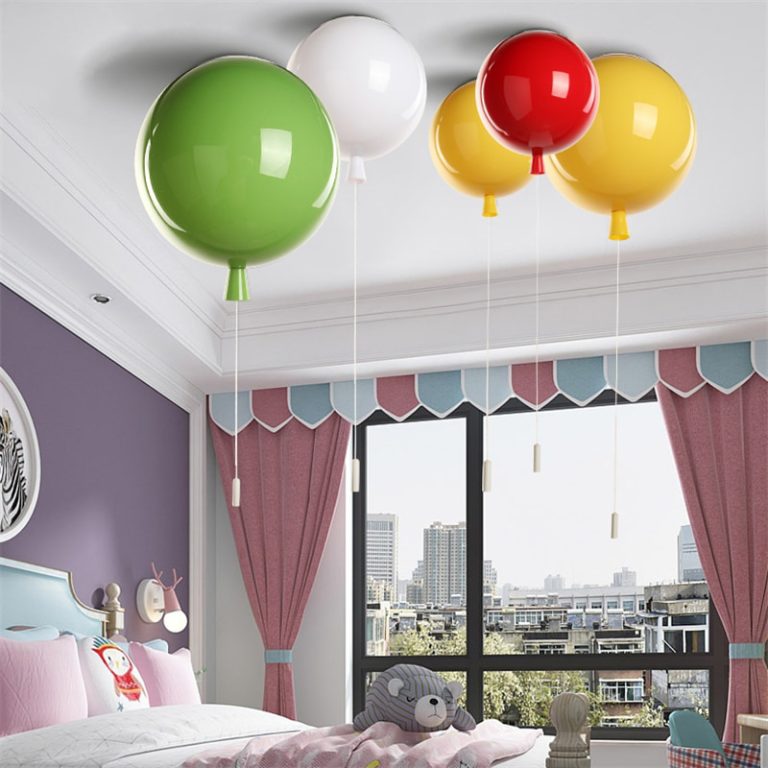
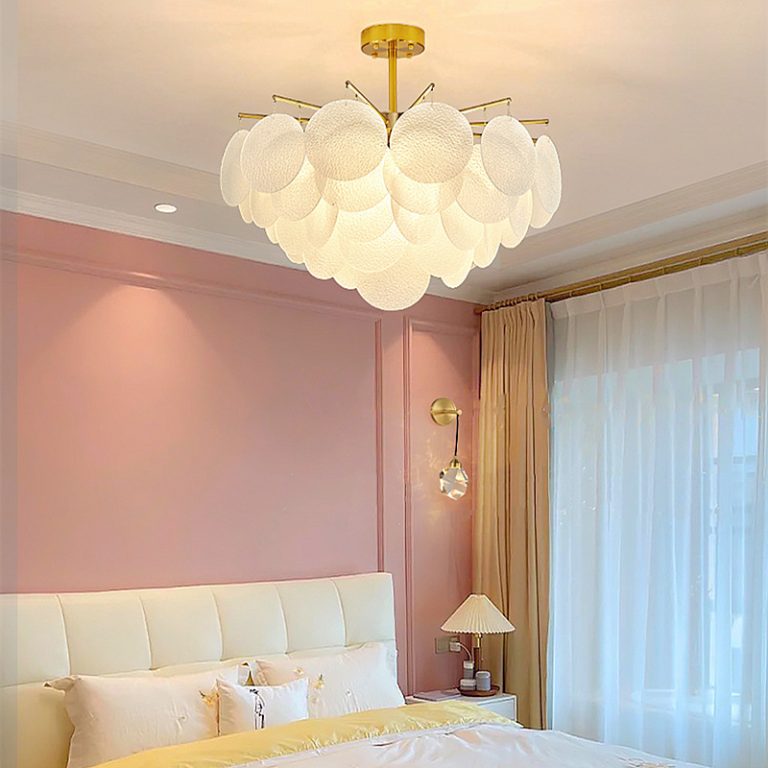
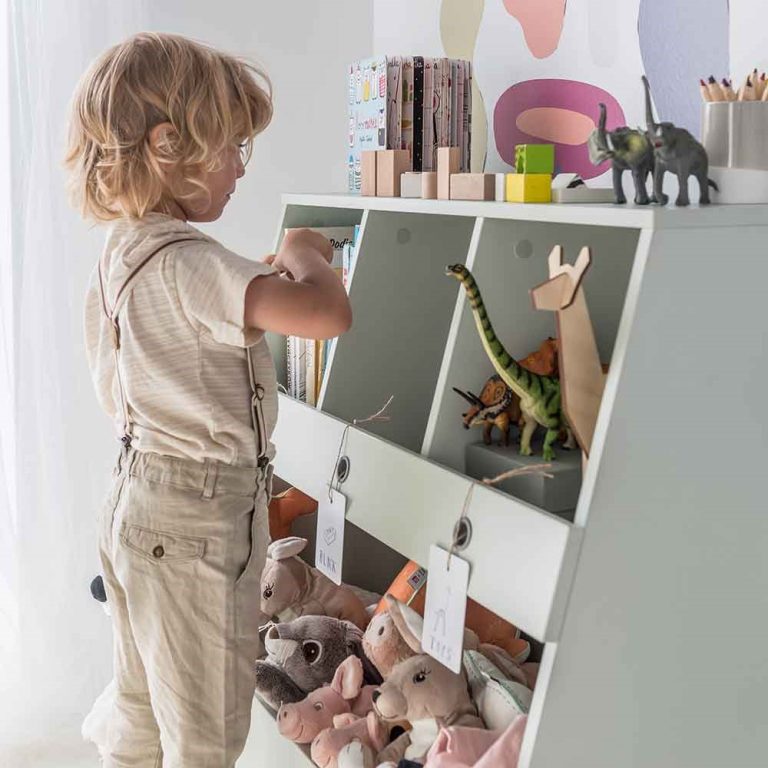
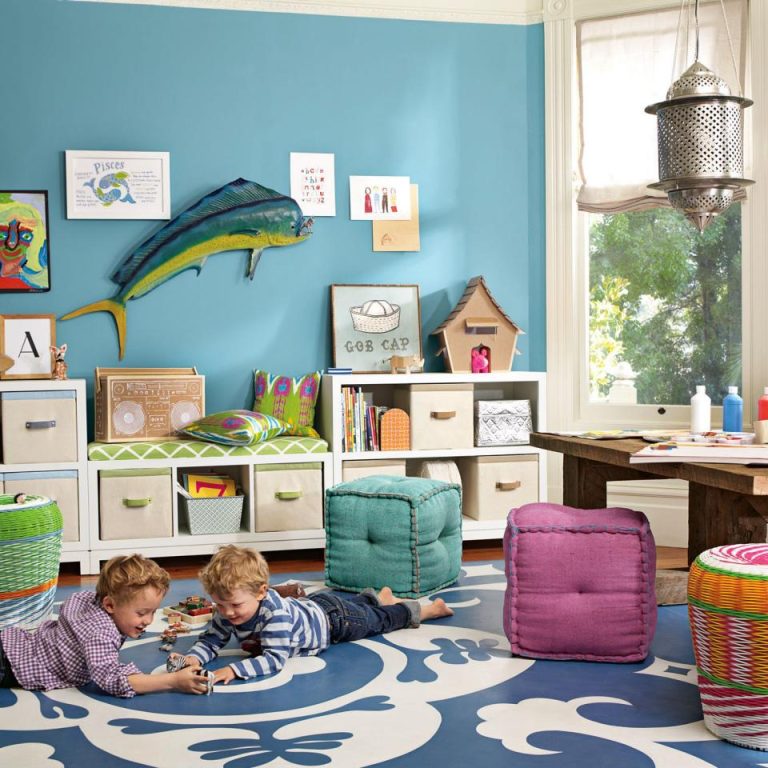
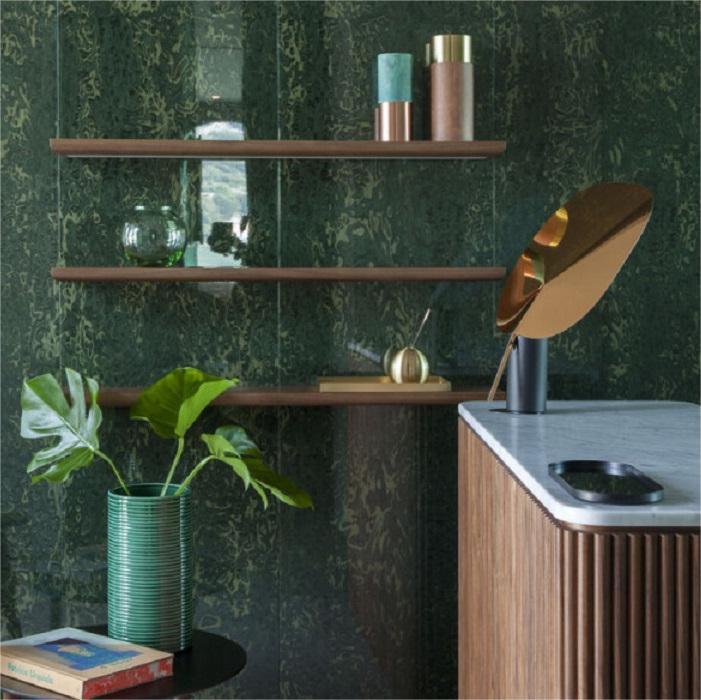
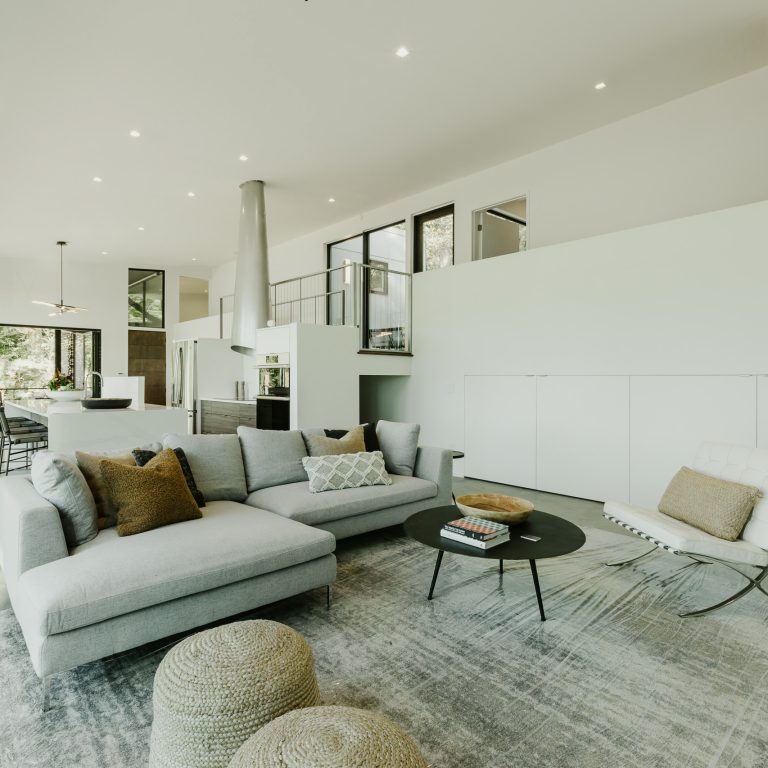
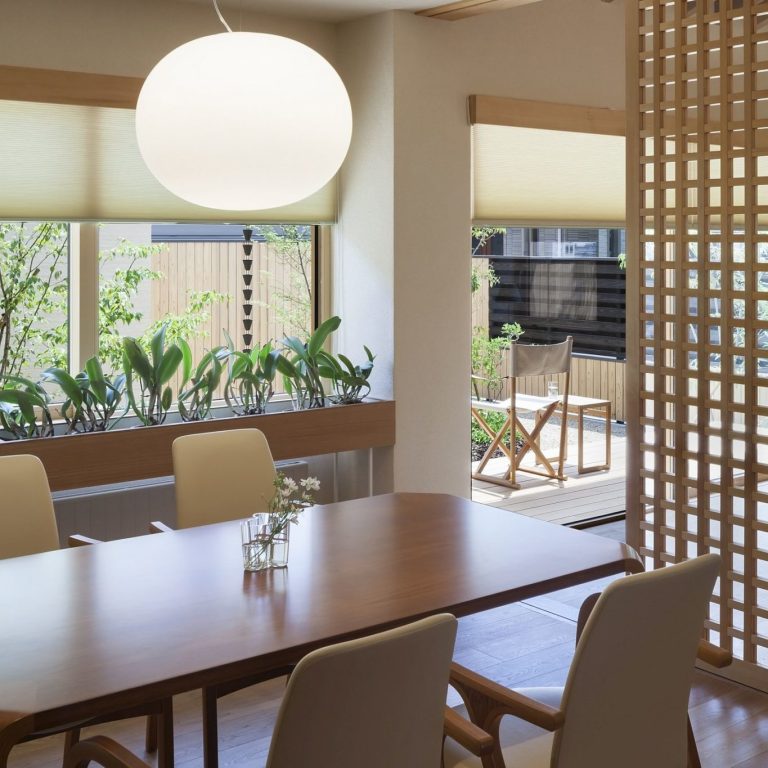
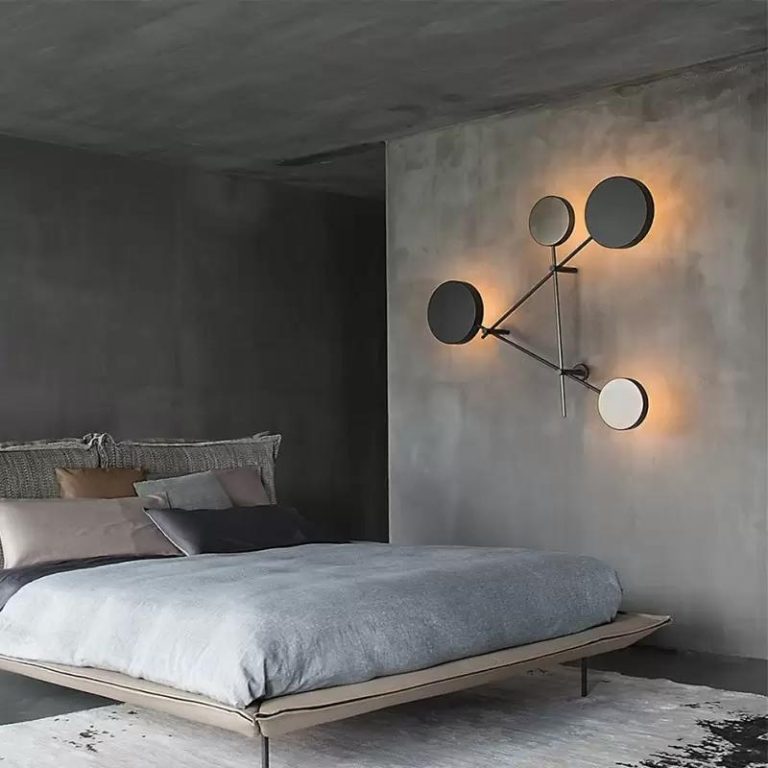
+ There are no comments
Add yours